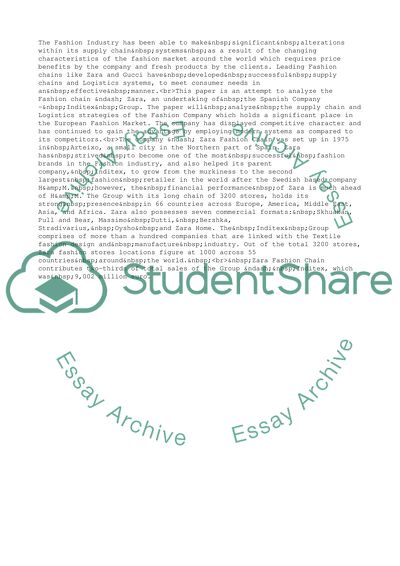Cite this document
(“SCM and Logistics Assignment Example | Topics and Well Written Essays - 4250 words”, n.d.)
SCM and Logistics Assignment Example | Topics and Well Written Essays - 4250 words. Retrieved from https://studentshare.org/business/1736475-custom-topic-find-a-company-then-apply-scm-to-operate-e-commerce-in-that-firm
SCM and Logistics Assignment Example | Topics and Well Written Essays - 4250 words. Retrieved from https://studentshare.org/business/1736475-custom-topic-find-a-company-then-apply-scm-to-operate-e-commerce-in-that-firm
(SCM and Logistics Assignment Example | Topics and Well Written Essays - 4250 Words)
SCM and Logistics Assignment Example | Topics and Well Written Essays - 4250 Words. https://studentshare.org/business/1736475-custom-topic-find-a-company-then-apply-scm-to-operate-e-commerce-in-that-firm.
SCM and Logistics Assignment Example | Topics and Well Written Essays - 4250 Words. https://studentshare.org/business/1736475-custom-topic-find-a-company-then-apply-scm-to-operate-e-commerce-in-that-firm.
“SCM and Logistics Assignment Example | Topics and Well Written Essays - 4250 Words”, n.d. https://studentshare.org/business/1736475-custom-topic-find-a-company-then-apply-scm-to-operate-e-commerce-in-that-firm.


